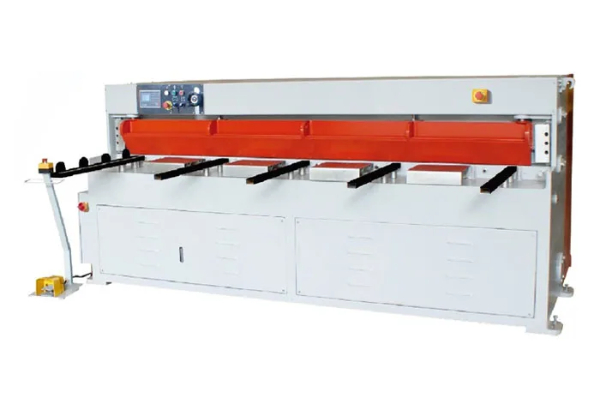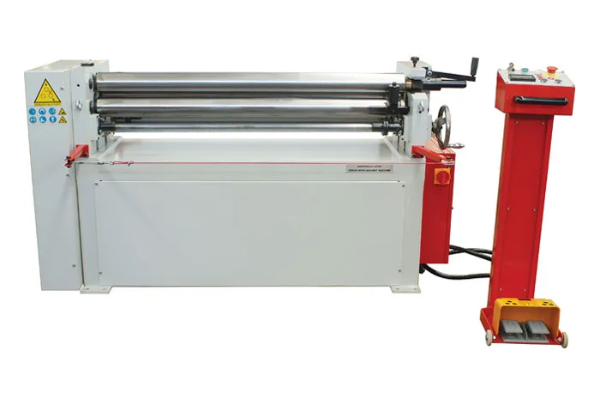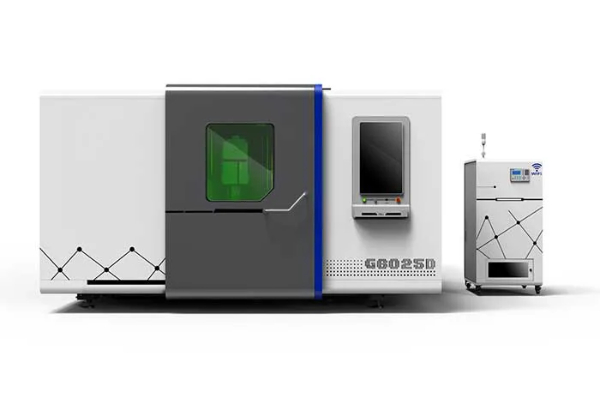
Understanding the Capabilities of CNC Steel Sheet Forming Machines
- By:Metmac
- 2024-07-17
- 173
Introduction
CNC steel sheet forming machines are versatile and powerful tools that can transform sheets of metal into complex and intricate shapes. Understanding their capabilities is crucial for optimizing their use and achieving exceptional results in metal fabrication. This article explores the comprehensive functionalities of CNC steel sheet forming machines, empowering you with the knowledge to leverage their potential effectively.
Cutting and Profiling
CNC steel sheet forming machines excel at cutting and profiling tasks. They employ precision laser cutters or plasma cutters to slice through metal sheets with high accuracy and repeatability. The laser cutting process utilizes a focused beam of high-intensity light to vaporize material, resulting in clean and precise cuts. Plasma cutting employs a high-temperature plasma arc to melt and expel material, offering faster cutting speeds.
Bending and Forming
CNC steel sheet forming machines are equipped with automated bending and forming capabilities. They can create intricate shapes by folding and bending the metal sheet along predefined angles. The bending process involves applying pressure to the material to induce plastic deformation, resulting in permanent bends. Modern CNC machines offer multi-axis motion, allowing for complex forming operations and the production of 3D shapes.
Embossing and Piercing
Embossing and piercing are additional functionalities of CNC steel sheet forming machines. Embossing creates raised or recessed patterns on the metal sheet, adding decorative or functional elements. Piercing involves punching holes of various shapes and sizes to create openings or remove excess material. These techniques enable the fabrication of intricate designs, logos, or ventilation holes with great precision.
Punching and Shearing
CNC steel sheet forming machines are also capable of punching and shearing operations. Punching involves creating holes or cutouts using a dedicated punching tool, resulting in clean and precise openings. Shearing is a process that uses a sharp blade to cut straight or curved lines in the metal sheet. These techniques are essential for creating complex shapes, removing excess material, or preparing parts for subsequent assembly.
Conclusion
CNC steel sheet forming machines offer a wide array of capabilities, making them indispensable tools in the modern metal fabrication industry. Understanding their cutting, bending, forming, embossing, piercing, punching, and shearing functions empowers manufacturers to produce intricate and complex shapes with exceptional accuracy and efficiency. By leveraging these capabilities, businesses can enhance their production processes, innovate new designs, and achieve superior quality in their metalworking endeavors.
-
The Advantages of Using a Sheet Roll Forming Machine in Manufacturing
2024/09/14 -
How to Optimize Your Laser Sheet Cutting Machine for Maximum Performance
2024/09/12 -
How to Maximize Efficiency with Modern Sheet Metal Working Machines
2024/09/04 -
The Environmental Benefits of Using Duct Board Grooving Machines
2024/09/03
-
Efficient Laser Cutting Machines for Steel Plate and Sheet Metal Fabrication
2025/07/03 -
Versatile Sheet Metal Machinery for Precision Fabrication
2025/07/03 -
High-Quality Sheet Metal Laser Cutting Machines for Modern Fabrication
2025/07/03 -
High-Precision Sheet Metal Equipment for Modern Manufacturing
2025/06/28
-
A Guide to the Latest Innovations in Sheet Metal Folding Machines
2024/11/29 -
Key Features to Consider When Investing in a Sheet Metal Folding Machine
2024/11/28 -
Enhancing Precision with Advanced Sheet Metal Folding Machines
2024/11/27 -
How to Choose the Right Sheet Metal Folding Machine for Your Workshop
2024/11/26



